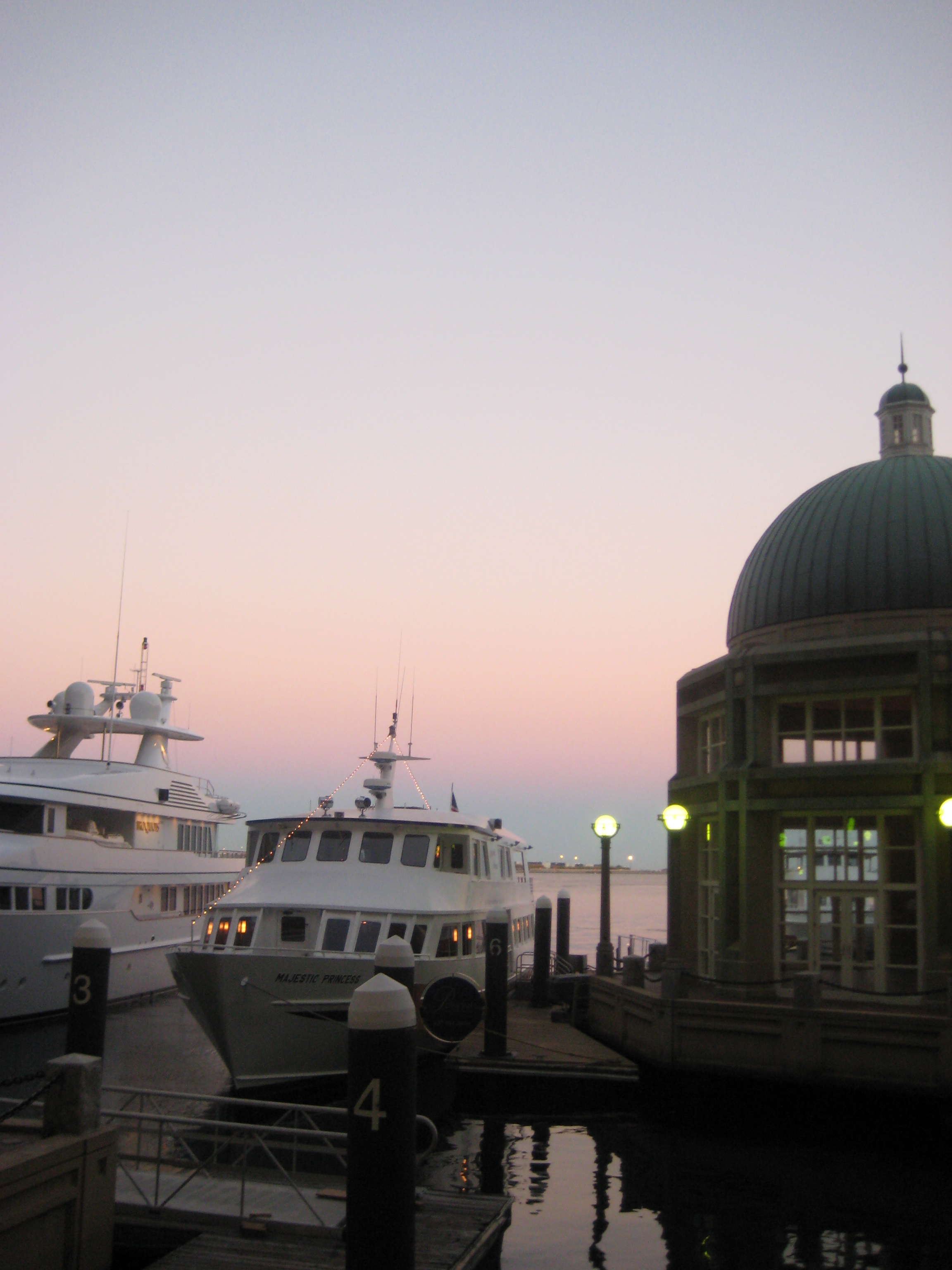Rowe's Wharf on:
[Wikipedia]
[Google]
[Amazon]
The current incarnation of Rowes Wharf (built 1987) is a modern development in downtown Boston, Massachusetts. It is best known for the Boston Harbor Hotel's multi-story arch over the wide public plaza between
 With the opening of the Boston, Revere Beach and Lynn Railroad in 1875, a
With the opening of the Boston, Revere Beach and Lynn Railroad in 1875, a
Atlantic Avenue Atlantic Avenue may refer to:
Highways
* Atlantic Avenue (Boston) in Massachusetts
* Atlantic Avenue (New York City) in Brooklyn and Queens, New York
* Florida State Road 806 in Palm Beach County, locally known as Atlantic Avenue
* Atlantic Avenue ...
and the Boston Harbor waterfront. Along the waterfront can be found a marina
A marina (from Spanish , Portuguese and Italian : ''marina'', "coast" or "shore") is a dock or basin with moorings and supplies for yachts and small boats.
A marina differs from a port in that a marina does not handle large passenger ships o ...
, restaurants, a water transportation terminal, and a floating stage offering free concerts and movies during the summer.
MBTA boat services link the wharf to Hingham, while water taxis operate to and from Logan International Airport. Cruise boats also operate from the wharf.
History
18th century
In 1666 a protective battery called the "Sconce", or the "South Battery", was built at the foot of Fort Hill in the area now known as Rowes Wharf. In peacetime, the Battery had a company assigned to it in case of invasion, but had only one gunner. During the 1740s, the Battery was extended into the harbor and was defended by thirty-five guns. In 1764, John Rowe bought the land and built the first Rowes Wharf, which extended a short distance into Boston Harbor, and in 1765 Foster's Wharf was built on the site of the old Battery. Foster's Wharf was originally called "Apthorp's Wharf".Charles Ward Apthorp
The Apthorp Farm that lay on Manhattan's Upper West Side straddled the old Bloomingdale Road, laid out in 1728, which was re-surveyed as The "Boulevard" – now Upper Broadway. It was the largest block of real estate remaining from the "Bloomin ...
was a staunch Tory and backed the losing side in the American Revolution; it was his confiscated land and wharf that merchant William Foster bought for 6,266 pounds, 12 shillings in May 1782. Rowes Wharf, however, has carried its original builder's name since its inception. For the next 150 years or so, commercial shipping continued to be a main user of the area.
19th-20th century
 With the opening of the Boston, Revere Beach and Lynn Railroad in 1875, a
With the opening of the Boston, Revere Beach and Lynn Railroad in 1875, a ferry
A ferry is a ship, watercraft or amphibious vehicle used to carry passengers, and sometimes vehicles and cargo, across a body of water. A passenger ferry with many stops, such as in Venice, Italy, is sometimes called a water bus or water taxi ...
connection was established from Rowes Wharf to the railroad's southern terminus in East Boston. With the construction of the Atlantic Avenue Elevated in 1901, a station at Rowes Wharf connected the wharf to Boston's elevated and subway
Subway, Subways, The Subway, or The Subways may refer to:
Transportation
* Subway, a term for underground rapid transit rail systems
* Subway (underpass), a type of walkway that passes underneath an obstacle
* Subway (George Bush Interconti ...
rail system. However, by the middle of the 20th century, both the railroad - and by October 1938, the elevated railway - had closed, and the wharf had become dilapidated, the victim of changing patterns in shipping. This remained the case until the 1980s, when the current development was constructed.
The Boston Harbor Hotel is the principal occupant of the current Rowes Wharf building, which was completed in 1987, and designed by Adrian Smith while he was working for Skidmore, Owings and Merrill (SOM).
See also
* John Rowe (merchant)References
External links
*{{commonscat-inline, Rowes Wharf 1764 establishments in Massachusetts Boston Harbor Buildings and structures completed in 1987 Landmarks in Financial District, Boston Wharves in Boston